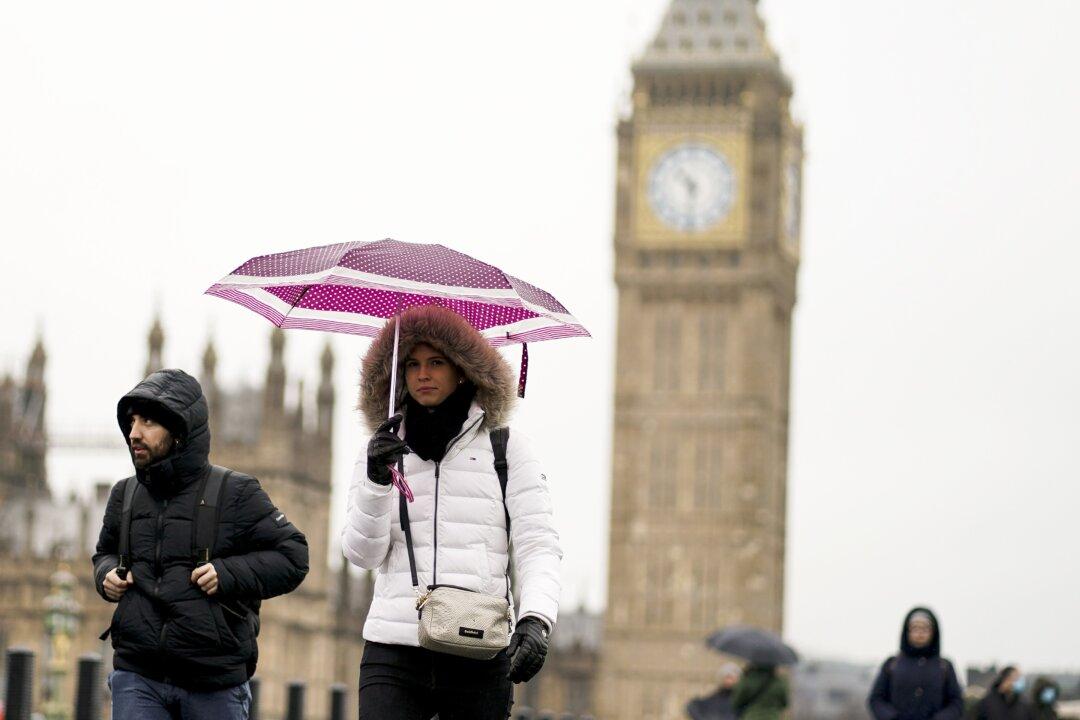UK retail sales fell in March as businesses blame poor weather for discouraging people from heading to the shops.
According to the latest data released by the Office for National Statistics (ONS), retail sales volumes dropped by 0.9 percent last month, with clothes shops, department stores, and garden centres all reporting declines.





